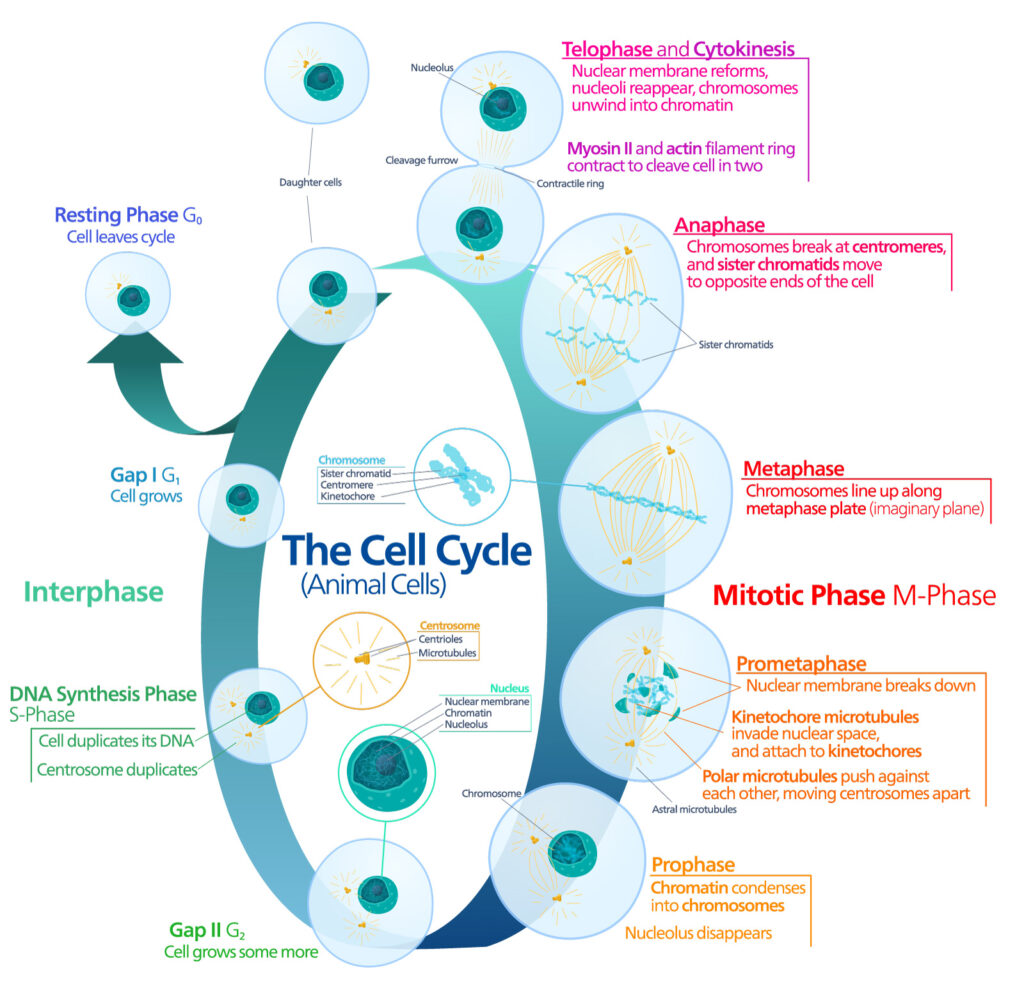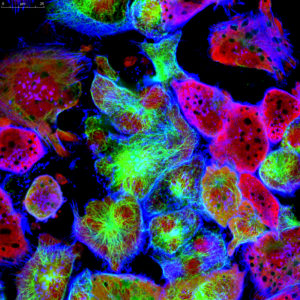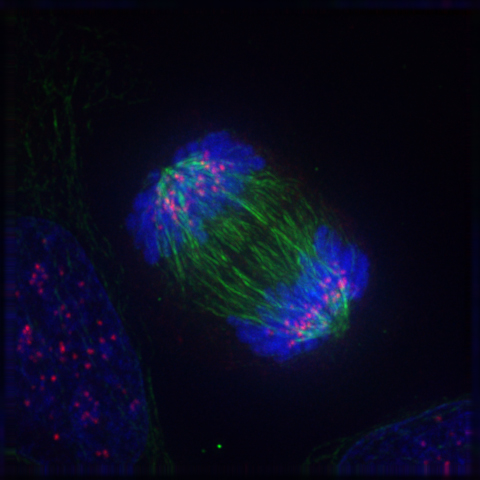At the time of writing this post, no scientist had yet discovered the secret to immortality. In our world, we’ve come to accept that living things are born, grow old and die—the circle of life.
And yet, for many years, life scientists believed that the circle of life did not apply to our constituent cells when cultured in a laboratory. That is, cultured normal human cells were immortal, and they would continue to grow and proliferate forever, as long as they were provided with the necessary nutrients.

Pioneering work published in 1961 by Leonard Hayflick and Paul Moorhead challenged that theory (reviewed in 1). Their research showed that normal cells in culture have a finite capacity to replicate. After they reach a certain number of replicative cycles, cells stop dividing. Hayflick and Moorhead made the important distinction between normal human cells and cultured cancer cells, which are truly immortal. In later years, the limit to the number of replicative cycles normal human cells can undergo became known as the Hayflick limit. Although some scientists still express skepticism about these findings, the Hayflick limit is widely recognized as a fundamental principle of cell biology.
Continue reading “Cellular Senescence and Cancer Therapy: Overcoming Immortality?”
 The phases of the cell cycle, particularly that of mitosis, were taught in college as part of my studies in biology. The cell cycle is a fundamental process for all organisms and constantly happens within our bodies. While cells generally spend most of the time in interphase, many scientists focus on what happens as the cells prepare to divide from one cell into two. Mitosis, the part of the cell cycle that refers to cell division, is subject to extensive regulation to ensure all materials and genetic information are sound and ready to segregate correctly. If there is damage to the chromosomes, the cells will halt cell division.
The phases of the cell cycle, particularly that of mitosis, were taught in college as part of my studies in biology. The cell cycle is a fundamental process for all organisms and constantly happens within our bodies. While cells generally spend most of the time in interphase, many scientists focus on what happens as the cells prepare to divide from one cell into two. Mitosis, the part of the cell cycle that refers to cell division, is subject to extensive regulation to ensure all materials and genetic information are sound and ready to segregate correctly. If there is damage to the chromosomes, the cells will halt cell division. 